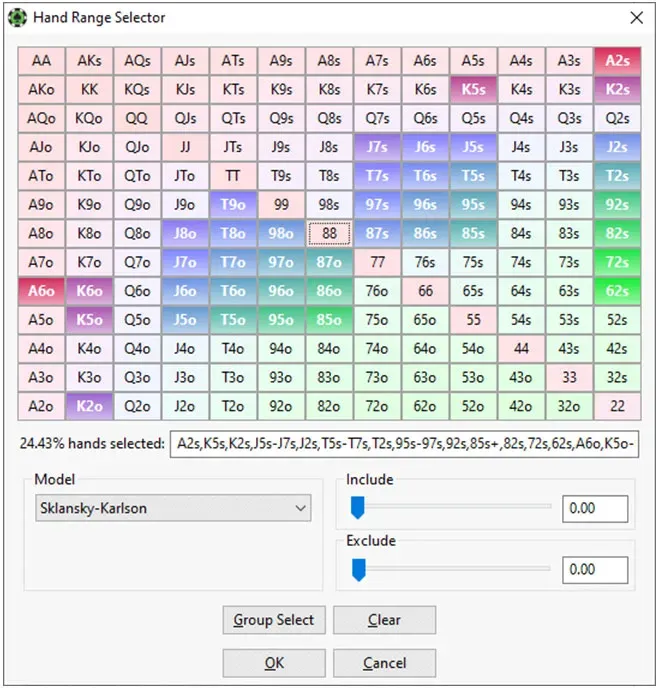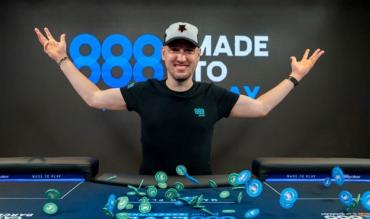The “Stop and Go” is an interesting move in poker when you find yourself short-stacked. If you aren’t aware of it, let me explain it with an example:
- The button opens off of a 30bb stack to 2bbs. The small blind, on 30bbs, folds.
- You are in the big blind with just 5 big blinds left to your name and are covered by the opening raiser.
- You call (the stop), the flop comes out, and you open jam all-in (the go).
Typically, you’d use this play when flopping decent equity with your hand. You’ll reserve your strongest connections to the flop to protect your checking range.
This move is powerful to employ when you are short-stacked in tournament poker. I had an epiphany whilst watching someone else play poker on Twitch, and a potential “Stop and Go” situation came up.
The button opened on 30bbs, and the big blind called with Q5 suited from a 6bb stack.
The flop came Q34 rainbow…
The caster started talking about the merits of open jamming their Q5s to protect their draws and small pairs that they would like to jam vs check trapping.
The bb did check on this occasion, and the button jammed pocket nines. Our hero called with their Q5s and doubled up.

This hand may seem innocuous. But I wondered if the jam with 99 from the original raiser was a mistake.
Ranging Your Opponent’s Hand
At first glance, the hand might look strong, but it is vulnerable to overcards. If we take a moment to look at the big blind’s range, I do not think that is the case.
What hand can the big blind have where we need to protect our equity? It has to be a two-big-card hand that didn’t jam preflop.
Maybe JT off-suit? It’s hard to imagine AK or KJ not jamming preflop at this stack depth. QJ is, of course, top pair, so we’ve already been outdrawn. We don’t have to worry about the straight draws like 56 because they would probably have pulled off a stop and go.
You can play around with a range viewer to guess the big blind’s hands after calling and checking the flop.
I’ve come up with this using the following reasoning.

- They will 3bet jam preflop any two broadway cards and any pair.
- They will stop and go with the most vulnerable pairs and most draws.
- They will slow play a lot of Qx and two pair.
- They called with some combos of Ax preflop for some balance.
Jamming vs Trapping
Sharp-eyed readers will notice I’ve removed their slow plays, like top pair, from the range viewer. It’s a foregone conclusion that those hands will get paid off at some point against a hand as strong as 99 at this stack depth.
What I’m interested in are the following two things:
- The equity of all the hands we are ahead of at this point versus our 99.
- How much protection that the hand needs.
We can debate the ranges, but 99 has around 87% equity vs all the hands we currently beat. That is a considerable number. That’s better than AA vs 57o preflop!
In my mind, this situation makes 99 a lovely check trap. Ok, it sucks if our opponent picks up a jack if they have J5o. But if our opponent picks up a draw or a worse pair (which will occur more frequently), they suddenly can stack off.
Not to mention, they can always find a too-light bluff, either on the turn or river.
Suitable Stop-and-Go Candidates
I ran this spot in PIO solver and found that 99 was, in fact, a good check-back for the reasons I’ve outlined above. 88 and worse are slightly more likely to be against two overcards. So, they require the protection that jamming provides.
- For those curious, the best stop and go candidates are straight draws and hands like J4s/J3s.
- Straight draws like 56s can make many better hands fold.
Hands like J4s benefit from protection against overcards whilst simultaneously called by worse hands, like A7s with a back-door flush draw.


